Regulatory Influence on Odor Sensor Market
Regulatory frameworks play a pivotal role in shaping the Odor Sensor Market. Governments and environmental agencies are increasingly implementing stringent regulations regarding air quality and emissions, necessitating the use of odor sensors in various industries. For instance, industries such as waste management, food processing, and chemical manufacturing are required to monitor and control odor emissions to comply with environmental standards. This regulatory pressure is driving the adoption of odor sensors, as companies seek to avoid penalties and enhance their sustainability practices. The market is expected to benefit from these regulations, with a projected increase in demand for compliant odor detection solutions. Furthermore, the establishment of guidelines for odor measurement and reporting is likely to further stimulate market growth.
Growing Consumer Awareness in Odor Sensor Market
Consumer awareness regarding health and environmental issues is significantly influencing the Odor Sensor Market. As individuals become more conscious of the impact of odors on their well-being and quality of life, there is a rising demand for odor detection solutions in residential and commercial settings. This trend is particularly evident in sectors such as hospitality, where maintaining a pleasant environment is crucial for customer satisfaction. Additionally, the increasing prevalence of air quality monitoring devices in homes and workplaces is driving the need for integrated odor sensors. Market data indicates that the residential segment is expected to witness substantial growth, with projections suggesting a rise in sales of odor sensors for home use. This growing consumer awareness is likely to propel the market forward, as more individuals seek effective solutions for odor management.
Technological Advancements in Odor Sensor Market
The Odor Sensor Market is experiencing rapid technological advancements that enhance sensor capabilities. Innovations in nanotechnology and materials science are leading to the development of more sensitive and selective sensors. These advancements allow for the detection of a wider range of odors at lower concentrations, which is crucial for applications in food safety, environmental monitoring, and healthcare. The integration of artificial intelligence and machine learning algorithms into odor detection systems is also transforming the industry, enabling real-time data analysis and improved accuracy. As a result, the market is projected to grow significantly, with estimates suggesting a compound annual growth rate of over 10% in the coming years. This growth is driven by the increasing demand for advanced odor detection solutions across various sectors.
Industrial Applications Driving Odor Sensor Market
The Odor Sensor Market is significantly driven by its diverse industrial applications. Industries such as food and beverage, pharmaceuticals, and waste management are increasingly utilizing odor sensors to ensure product quality and compliance with safety standards. For example, in the food industry, odor sensors are employed to detect spoilage and ensure freshness, thereby reducing waste and enhancing consumer trust. Similarly, in the pharmaceutical sector, these sensors are used to monitor the production environment, ensuring that no harmful odors compromise product integrity. Market analysis indicates that the industrial segment is poised for robust growth, with a projected increase in demand for odor sensors as industries prioritize quality control and regulatory compliance. This trend underscores the critical role of odor sensors in maintaining operational efficiency and product safety.
Emerging Markets and Opportunities in Odor Sensor Market
Emerging markets present substantial opportunities for growth within the Odor Sensor Market. As developing regions experience industrialization and urbanization, the demand for odor detection solutions is expected to rise. Countries with expanding manufacturing sectors, such as those in Asia and Latin America, are increasingly recognizing the importance of odor management in maintaining environmental standards and public health. Additionally, the rise of smart cities and the integration of Internet of Things (IoT) technologies are likely to create new avenues for odor sensor applications. Market forecasts suggest that these emerging markets could contribute significantly to the overall growth of the odor sensor industry, with investments in infrastructure and technology driving demand. This trend indicates a promising future for odor sensor manufacturers looking to expand their reach into new territories.

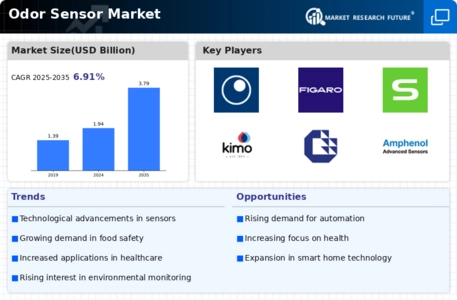
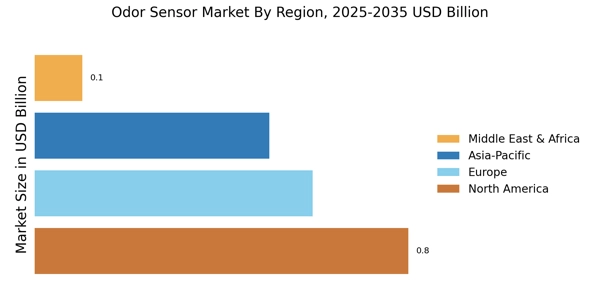
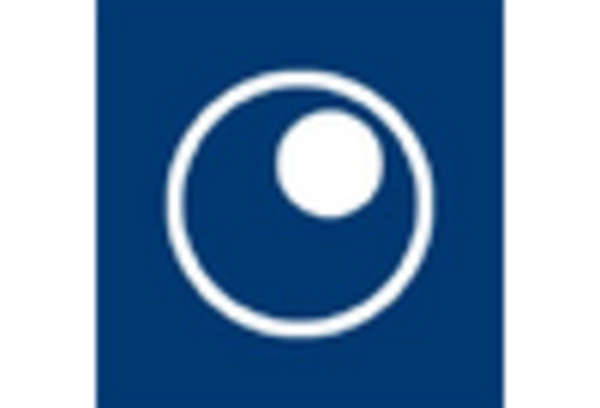
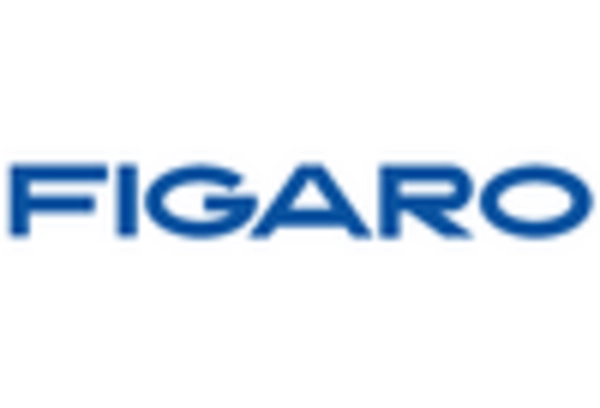
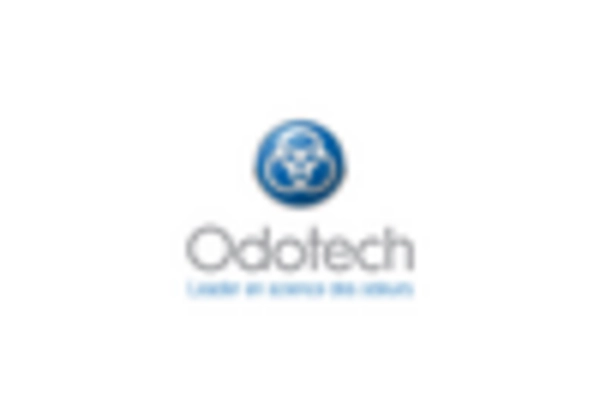

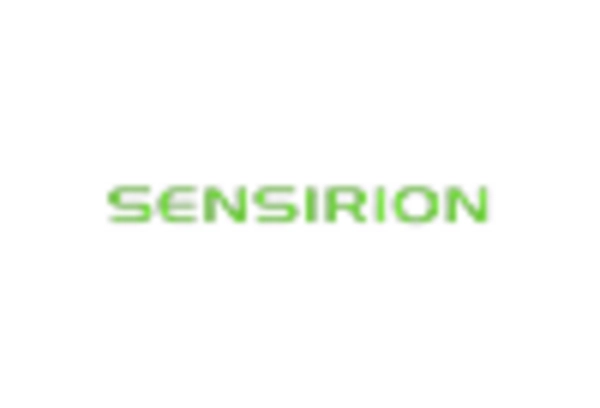
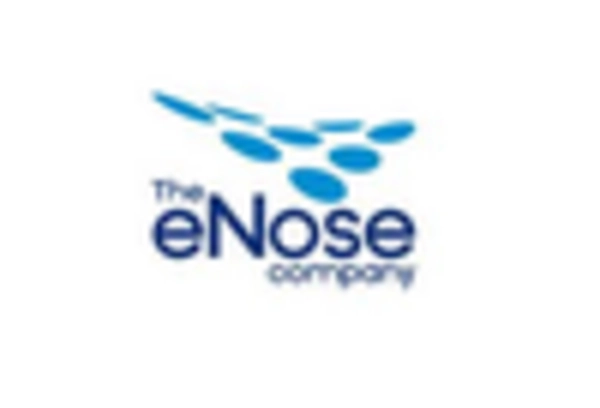








Leave a Comment